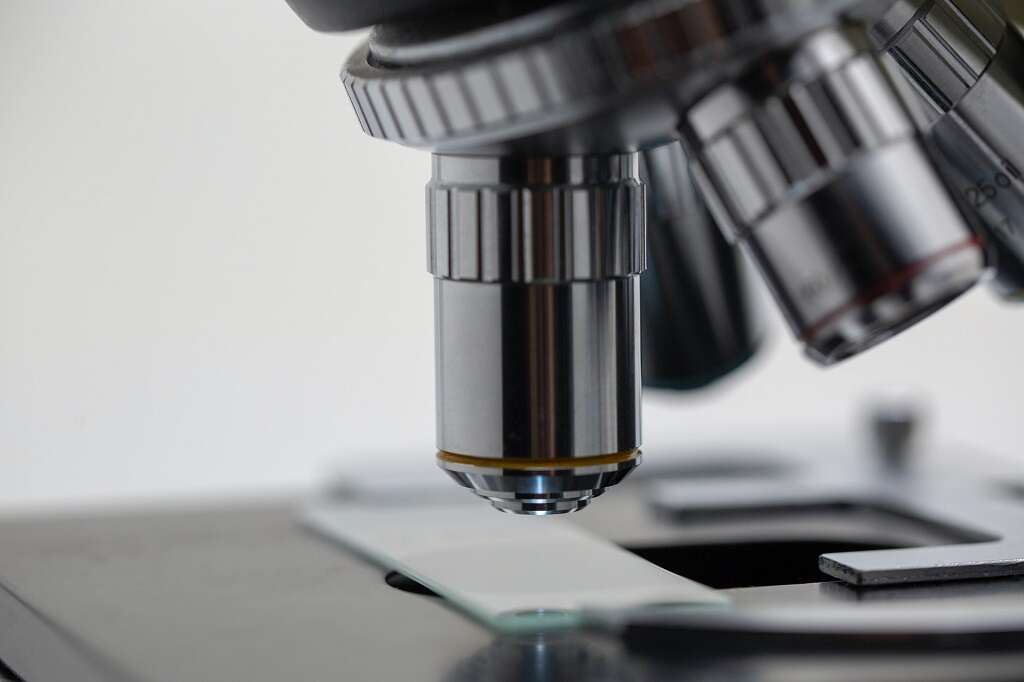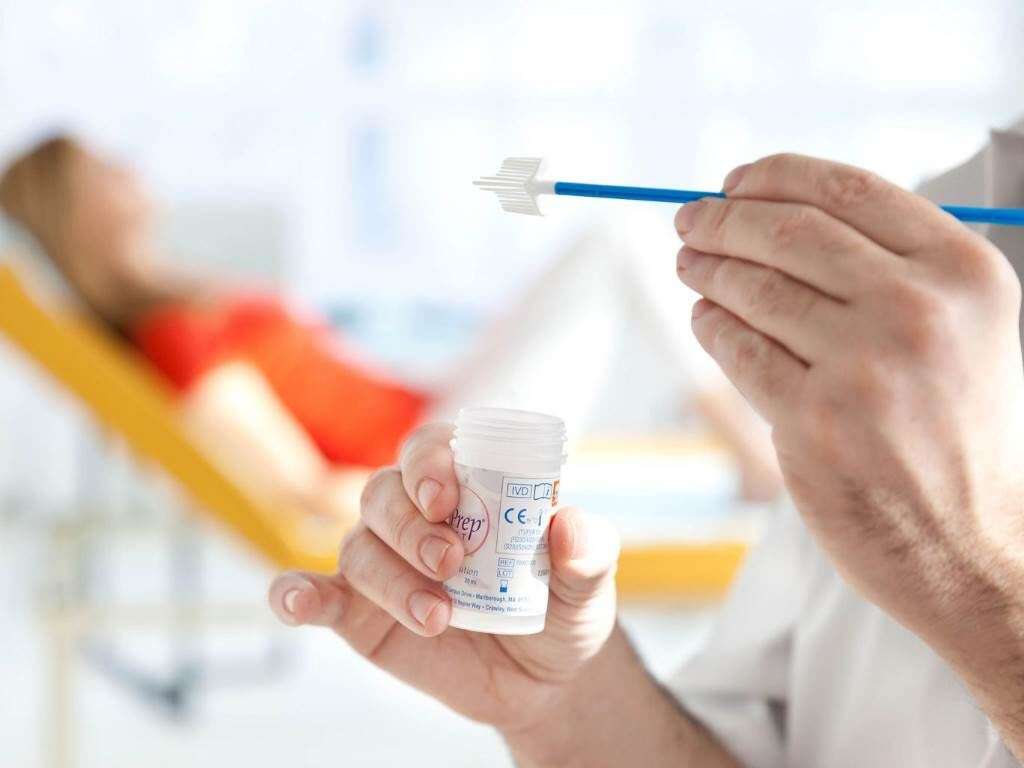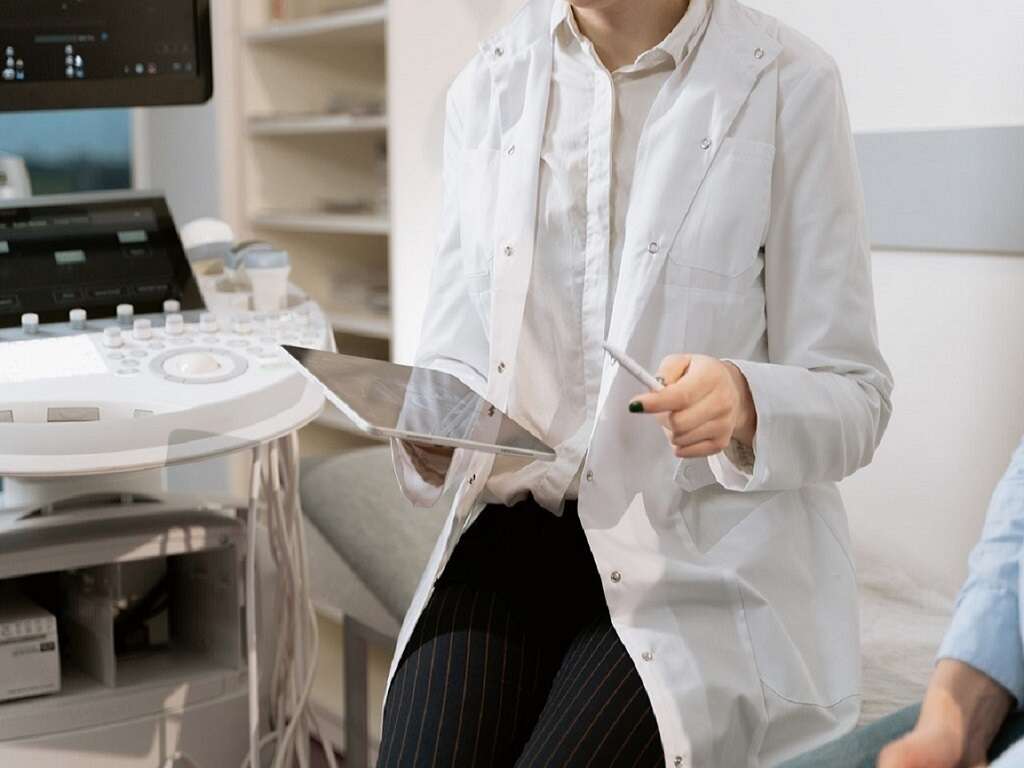Cervical Dysplasia Stages, Causes and More
 Article Sources
Article Sources
- 1. Mone, Amy. Cervical Dysplasia: Kimmel Cancer Center, 17 July 2017, www.hopkinsmedicine.org/kimmel/cancer/center/cancers/we/treat/cervical/dysplasia/about/cervical/dysplasia/.
- 2. Staff, Familydoctor.org Editorial. 'What Is Cervical Dysplasia? - Treatment & Prevention.' Familydoctor.org, American Academy of Family Physicians, 21 Jan. 2021, familydoctor.org/condition/cervical-dysplasia/.
- 3. 'Pap Smear.' Mayo Clinic, Mayo Foundation for Medical Education and Research, 25 June 2020, www.mayoclinic.org/tests-procedures/pap-smear/about/pac-20394841.
- 4. 'HPV Test.' Mayo Clinic, Mayo Foundation for Medical Education and Research, 22 May 2020, www.mayoclinic.org/tests-procedures/hpv-test/about/pac-20394355.
- 5. Barnett, Michelle. HPV: Kimmel Cancer Center, 17 July 2017, www.hopkinsmedicine.org/kimmel/cancer/center/cancers/we/treat/cervical/dysplasia/HPV/.
- 6. 'Cervical Dysplasia.' Herbert Irving Comprehensive Cancer Center, 19 Feb. 2017, cancer.columbia.edu/gynecologic-cancers/cervical-dysplasia.
- 7. 'Cervical Dysplasia.' Baylor College of Medicine, www.bcm.edu/healthcare/specialties/womens-health-maternity/obgyn-conditions/cervical-dysplasia.
- 8. 'Cervical Dysplasia.' Mount Sinai Health System, www.mountsinai.org/health-library/diseases-conditions/cervical-dysplasia.
2. Pap Test
A pap test, or pap smear, involves the collection of cells from the cervix by a health care professional. This is usually a painless procedure, performed along with a pelvic exam, that screens women for cervical cancer. The cell sample is transferred to a laboratory, where it is examined under a microscope to identify any abnormal cells.
Health care professionals recommend women between ages 21 and 65 have a pap test every three years. Women with certain risk factors may need more frequent testing.3‘Pap Smear.’ Mayo Clinic, Mayo Foundation for Medical Education and Research, 25 June 2020, www.mayoclinic.org/tests-procedures/pap-smear/about/pac-20394841.
Advertisement










